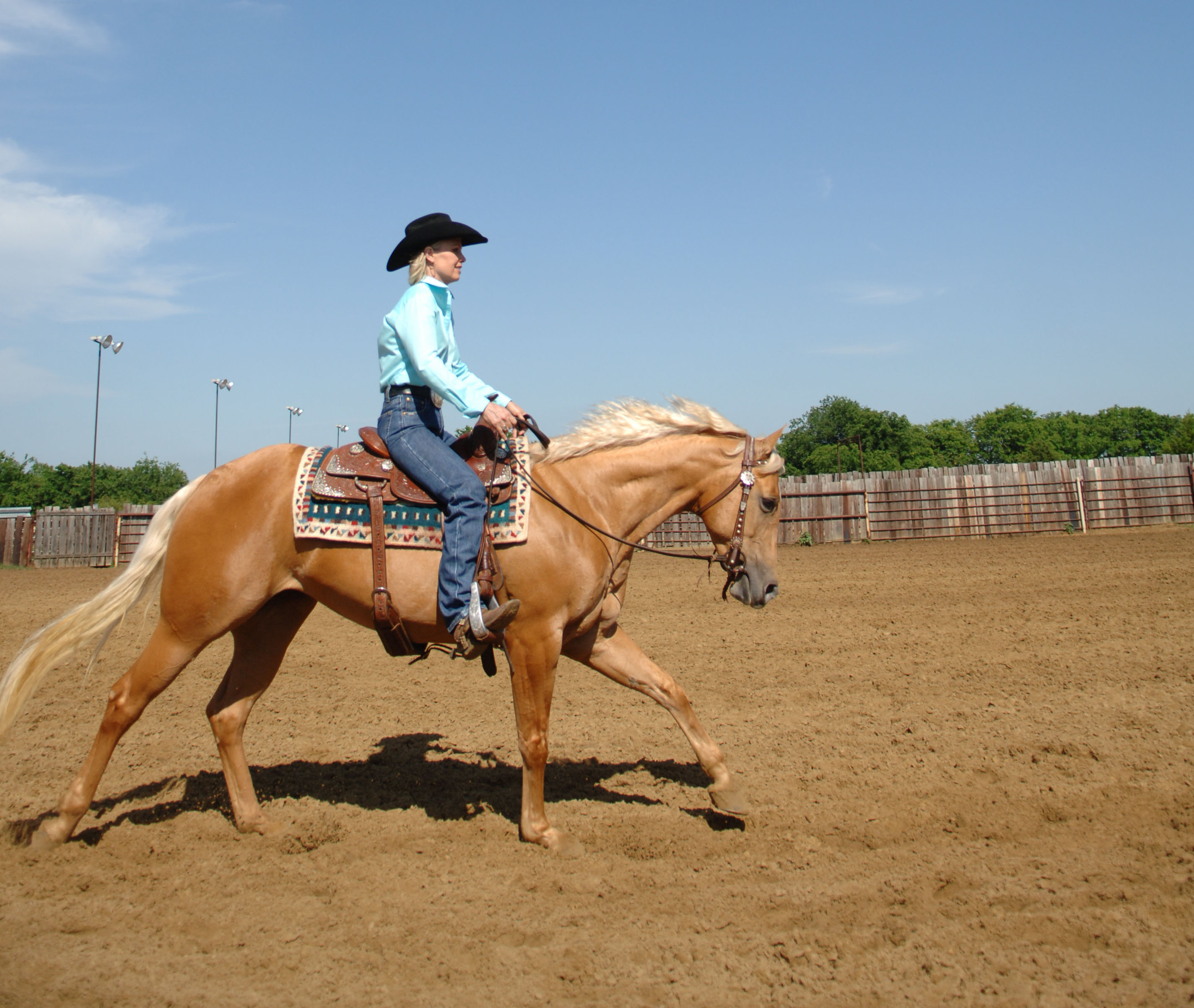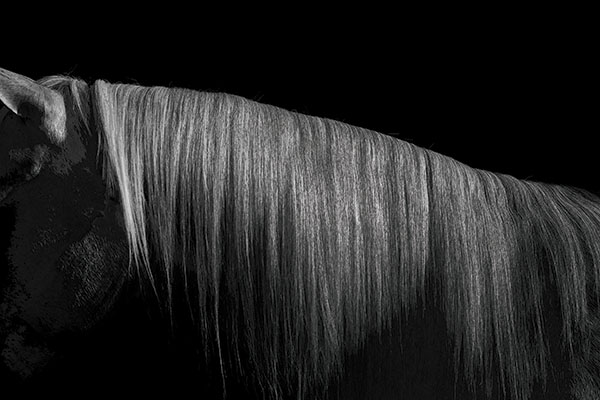Would you like to stay more secure in the saddle when you’re riding? To sit deeply, as if stuck there by glue?
[READ: 4 Ways To Be the Best Rider You Can Be]

We all would. Security not only helps to keep you from falling off (no matter what your horse does), it also frees you to use your seat and legs with greatest ease for best communication with your horse.
Net result: You become a safer, more effective rider.
So what is the key to that security in the saddle? Your “base of support,” or lower-body position. All the riding coaches I’ve ever worked with hit same key points on this matter. They stress that you must sit deep in the saddle. Your legs must be under your center of balance and in light contact with your horse’s sides. Your weight must sink down into your heels.
Simple to say, not so easy to do. It takes a lot of “wet saddle blankets,” as they say (time spent in the saddle), to develop a stick-like-glue lower-body position, but these three exercises will speed your progress.
1. Nerf Alert. Imagine there’s a nerf ball in the middle of your back, between your shoulder blades, and you must hold it there by keeping your shoulders back and down. This requires an erect upper body, which in turn sits you down deeply in the saddle “on your pockets.” Though the nerf-ball position may be more extreme than you’d want to maintain all the time, it helps to exaggerate a new position when you’re creating a new muscle memory. Practice nerf-ball posture on and off as you ride, teaching yourself over time to sit more erect in your torso and deeper in the saddle with your seat.
2. Stand and Deliver. What you’ll “deliver” is balance. Stand up in your stirrups, letting your weight sink down into your heels. (Make sure the stirrups are on the balls of your feet.) Maintain this standing position using your balance only—you’ll find that in order to do so, you must keep your legs directly under your center of balance…exactly where you want them. To make sure you don’t snatch your horse’s mouth with the reins when you lose your balance and plop back down (it happens), grab a bit of mane as a safeguard. Practice at a standstill and then at a walk over many days; when you feel secure, move up to a jog, then a brisk trot, then a lope. You’ll find your legs stay under you where they belong more and more easily—no more “chair seat” with your legs too far out in front.
[READ: Become a Bolder Rider]
3. Power Post. This one, a fiendish darling of English riding instructors, will super-charge the security of any rider. At a brisk trot, drop your stirrups and post to the rhythm—that is, bring your pelvis up and forward every other stride. Start with short periods of time and build, as this exercise can be exhausting (don’t make yourself saddle sore). Your legs will naturally lengthen and wrap around your horse’s barrel. At first you’ll find yourself gripping more than is ideal in ordinary riding, but as your leg position improves and specific leg muscles tone and strengthen, you’ll find the posting easier to do with less gripping. When you pick up your stirrups again, especially after many days of no-stirrup posting practice, note how much more “competent” your legs feel.
And, after a month or more practicing all these exercises, you’ll be more secure in the saddle, more effective with your cues, and more elegant looking on your horse—a nice bonus.






